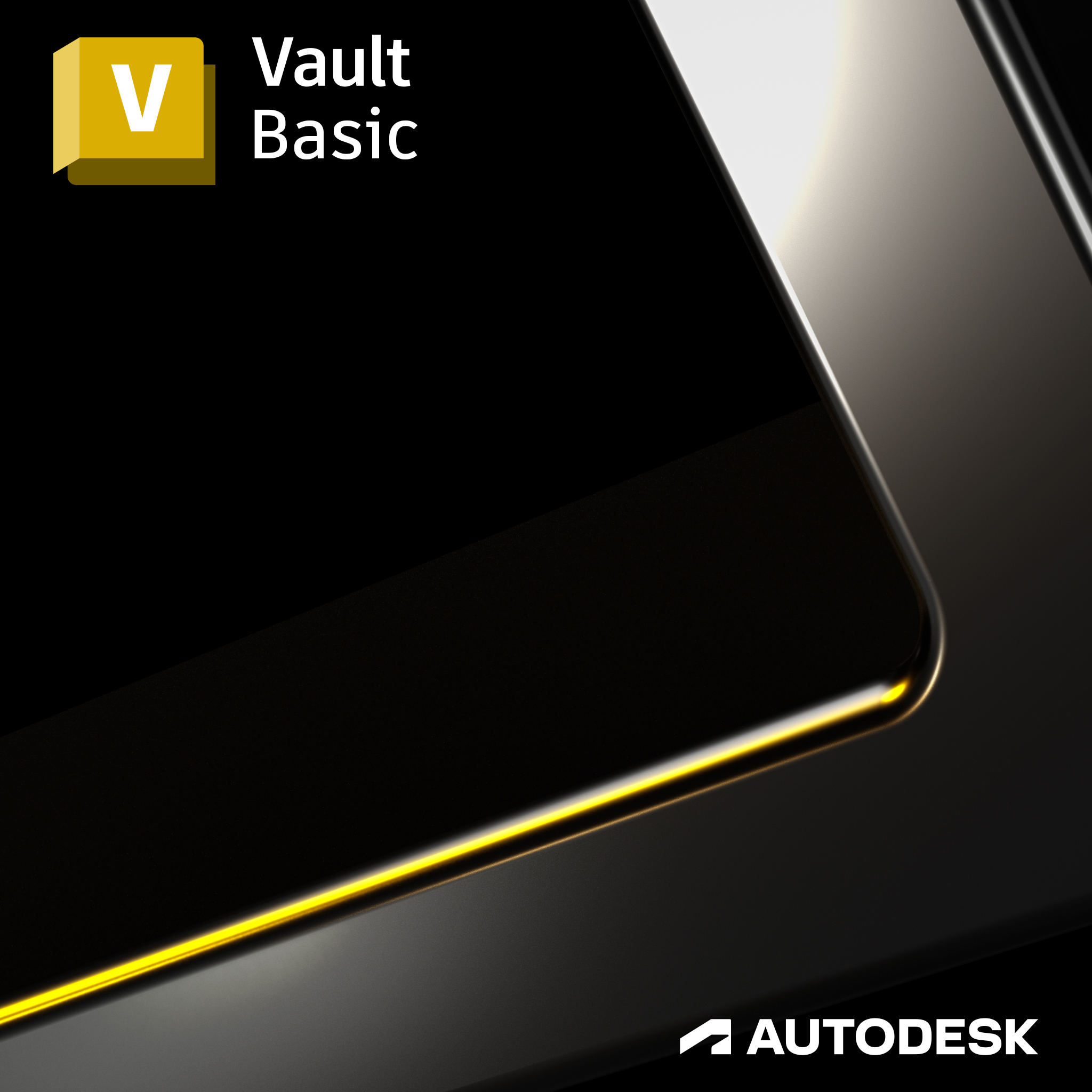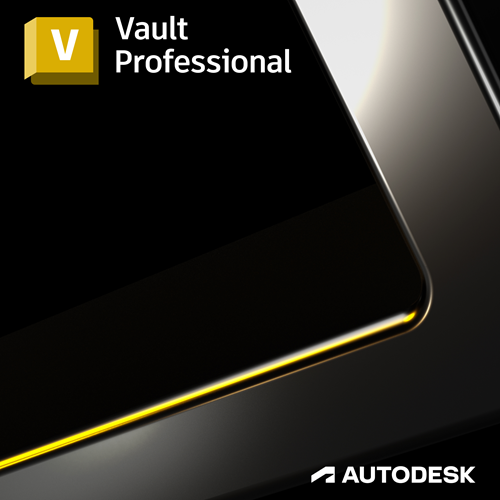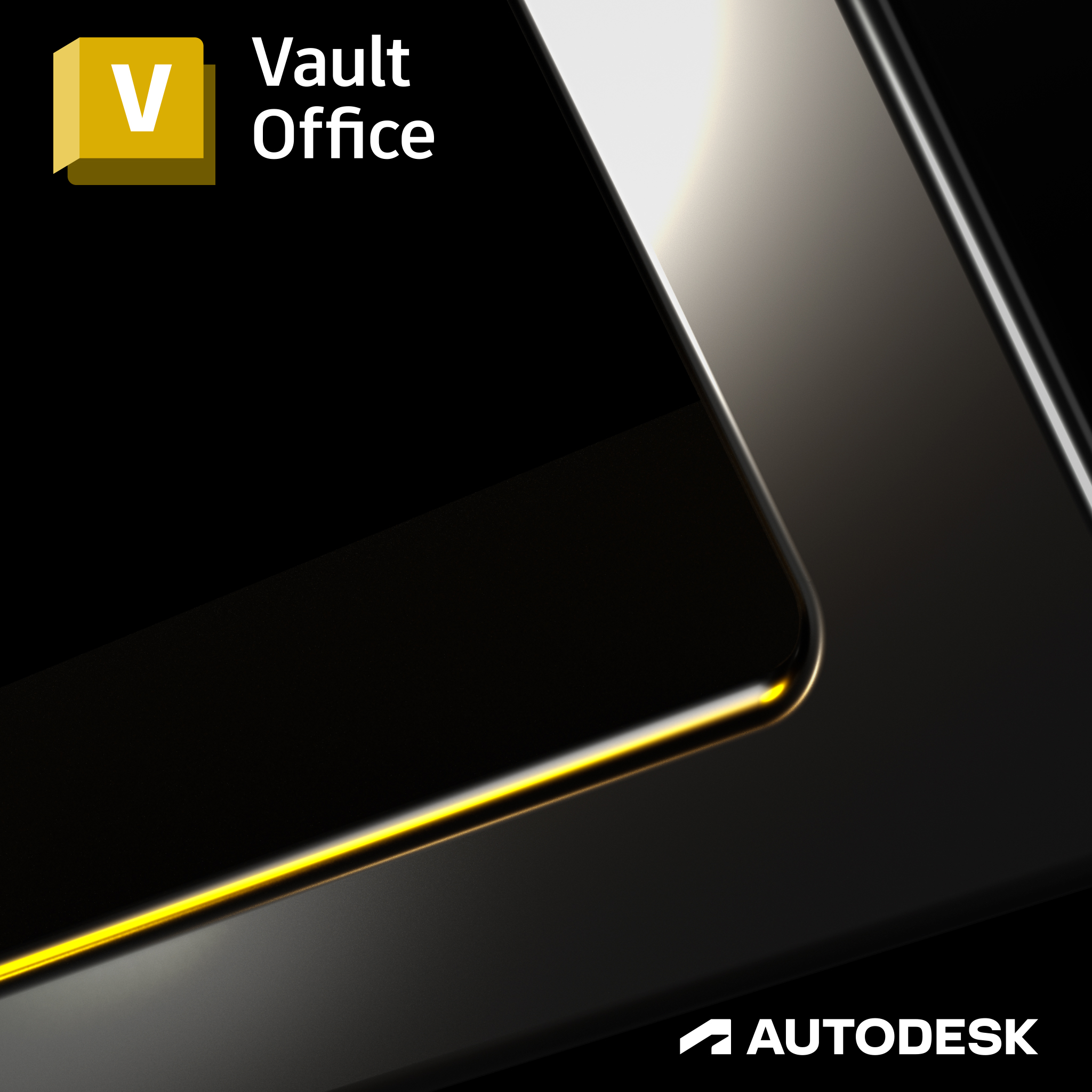
Autodesk Vault has been with us for a while now. For many, it represents the trusted Data Management system that they have been using for years. For others, it represents a somewhat confusing solution that everyone says is the best way to store your Inventor data. But for both of these cases, which version and setup of vault is right for you? Choosing the correct edition of the vault and setup is critical to getting your Vault up off the ground on the right foot.
Vault Thin Client
Vault Thin Client is a tool available with a Vault Professional server installation. This allows anyone on the same network as the Vault server to access a webpage allowing them to browse the Vault files and items as well as view both 2D and 3D CAD files, without needed to install anything on their machine. This tools is commonly used to give non-CAD users ‘view access’ to the Vault. This is a handy tool for sales, procurement, project management and even shop floor use. And best of all there are no additional costs associated with setting this up on your Vault server.
Job Processor
The job processor function in Autodesk Vault allows certain tasks to be processed either on demand or triggered by a lifecycle change in Vault Professional. These jobs include creating visualisation files, exporting PDF, STEP, DXF and even linking Autodesk Fusion 360 projects to your Vault. While most commonly installed on a separate machine, this setup means that an additional Vault license is required for the Job Processor to run on that machine. In smaller companies with fewer users, it is often adequate to have a single user with the Vault license run the Job processor, just as long as that user doesn’t turn off their machine whilst other users are working.

Custom Job Processor Scripts
In certain circumstances, you might want to add more automated tasks to your vault. These can vary from outputting released CAD data, all PDFs and documentation to a specific folder, email notifications for very specific workflows or linking your vault to other systems like ERP or PLM. We use 3rd party Job Processor tools to achieve this. Man and machine have our own 3rd party tool called PDM Booster that allows us to script these custom jobs according to your exact requirement and get them installed in your system. Please contact us if you would like something like this done for your vault.
Replicated Vault Setups
In some cases, companies have design teams in several geographic locations that still need to work as a combined team. Vault Professional allows two methods for these teams to do this. AVFS is the simplest form of replication where all users are working on the same SQL instance but pulling files from a local file store server. This avoids transporting files over the internet while not going to the complexity that having two replicating SQL instances can cause.
A fully replicated Vault uses an SQL instance and file store at each site, allowing users to transact with a local SQL server and pull files from a local file store. This is commonly used when Vault systems are used cross-country and even cross-continent. Both of these options do make it complicated when it comes to upgrading your Vault server to the latest software as both sites need to be upgraded and resynced.



